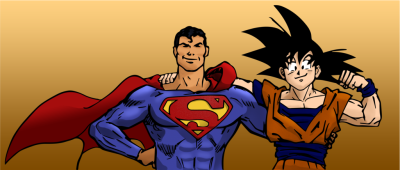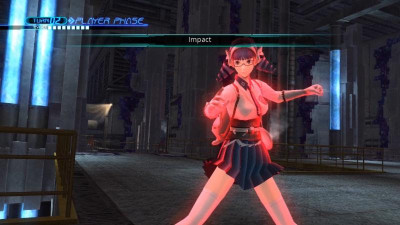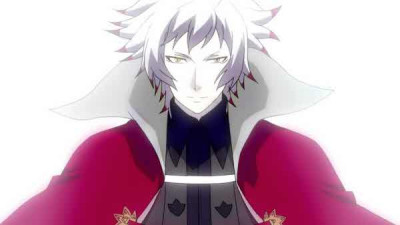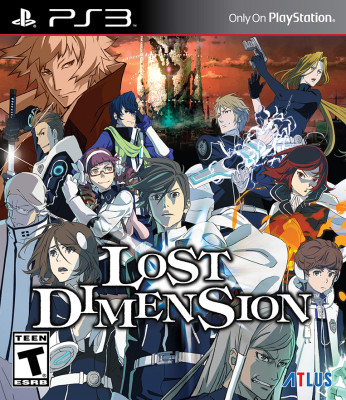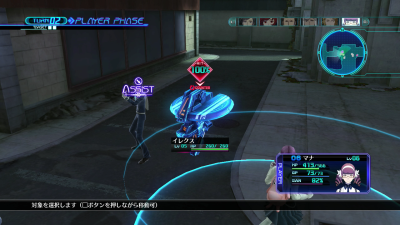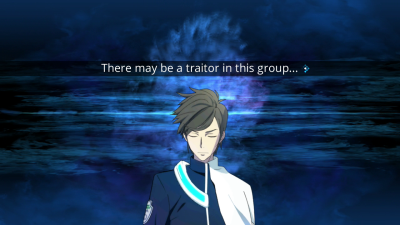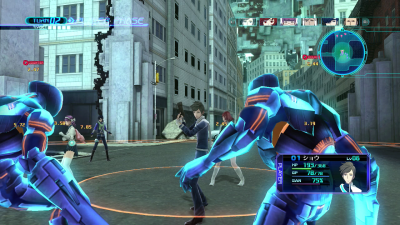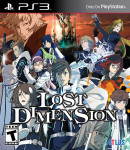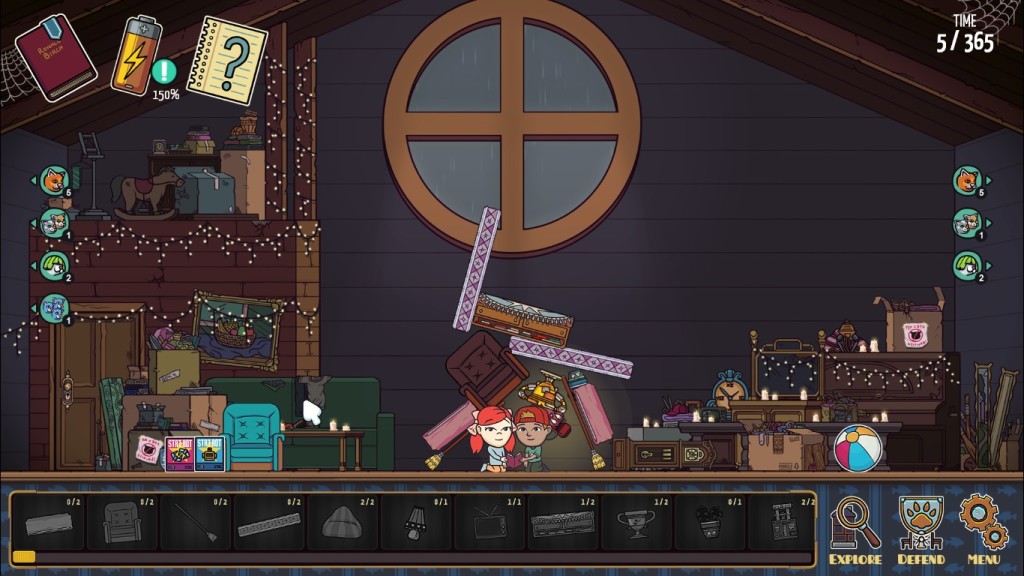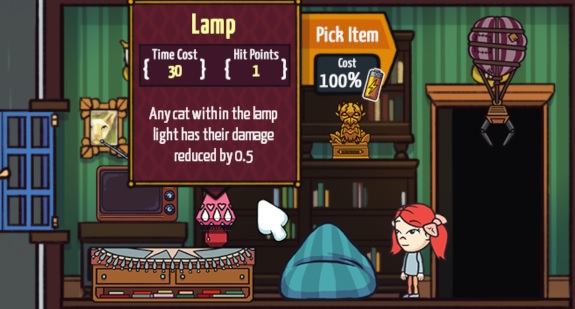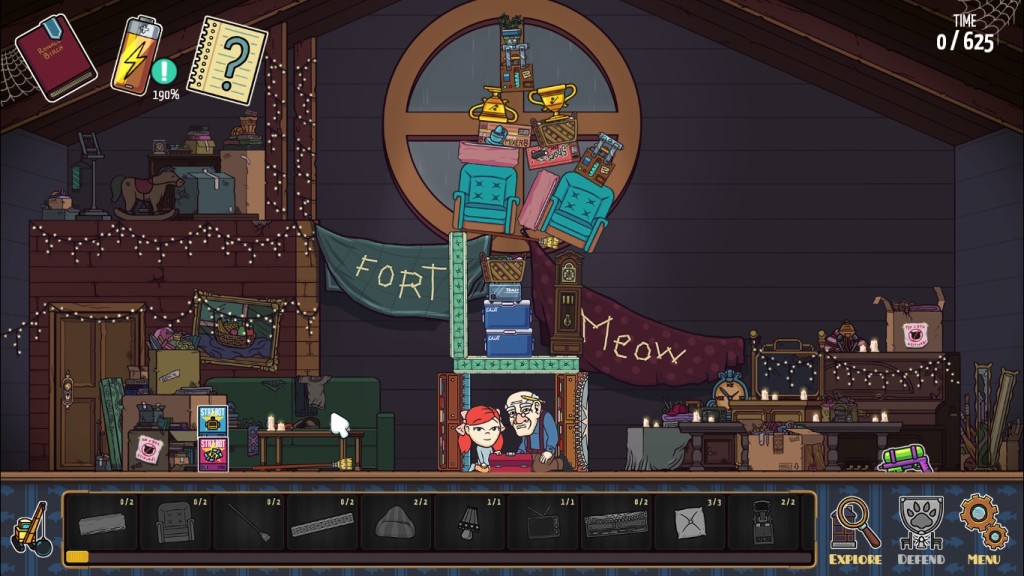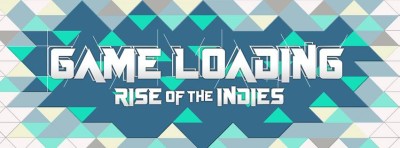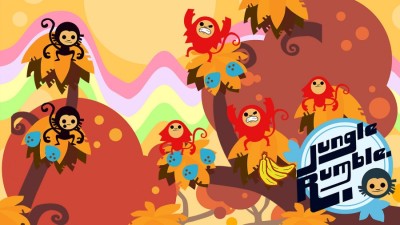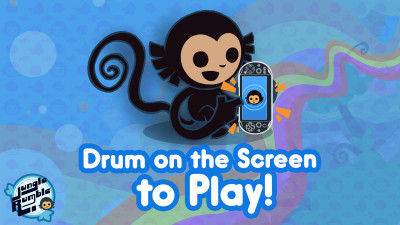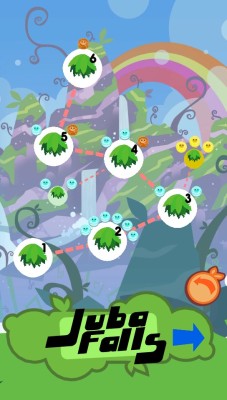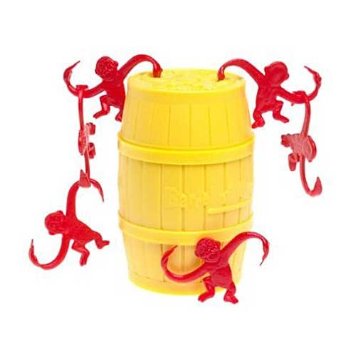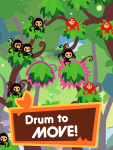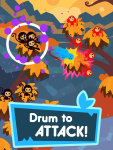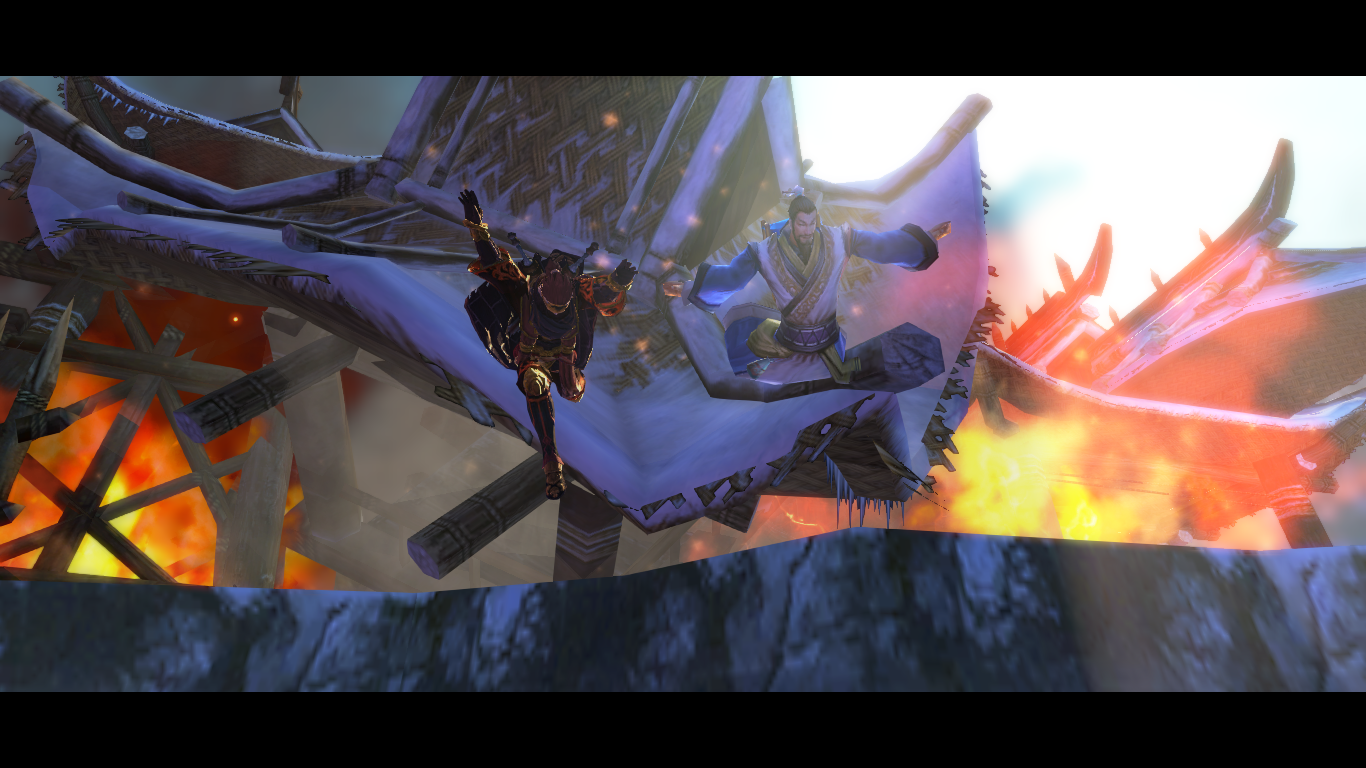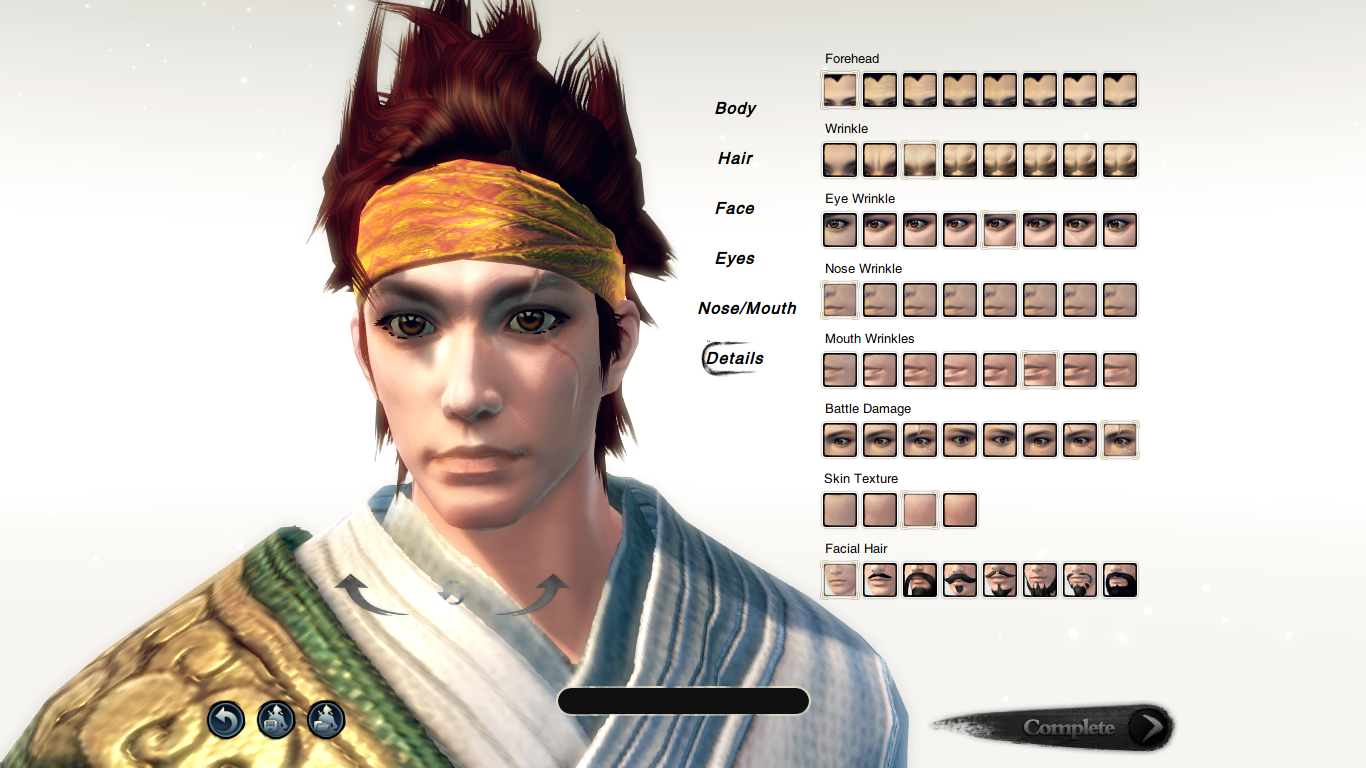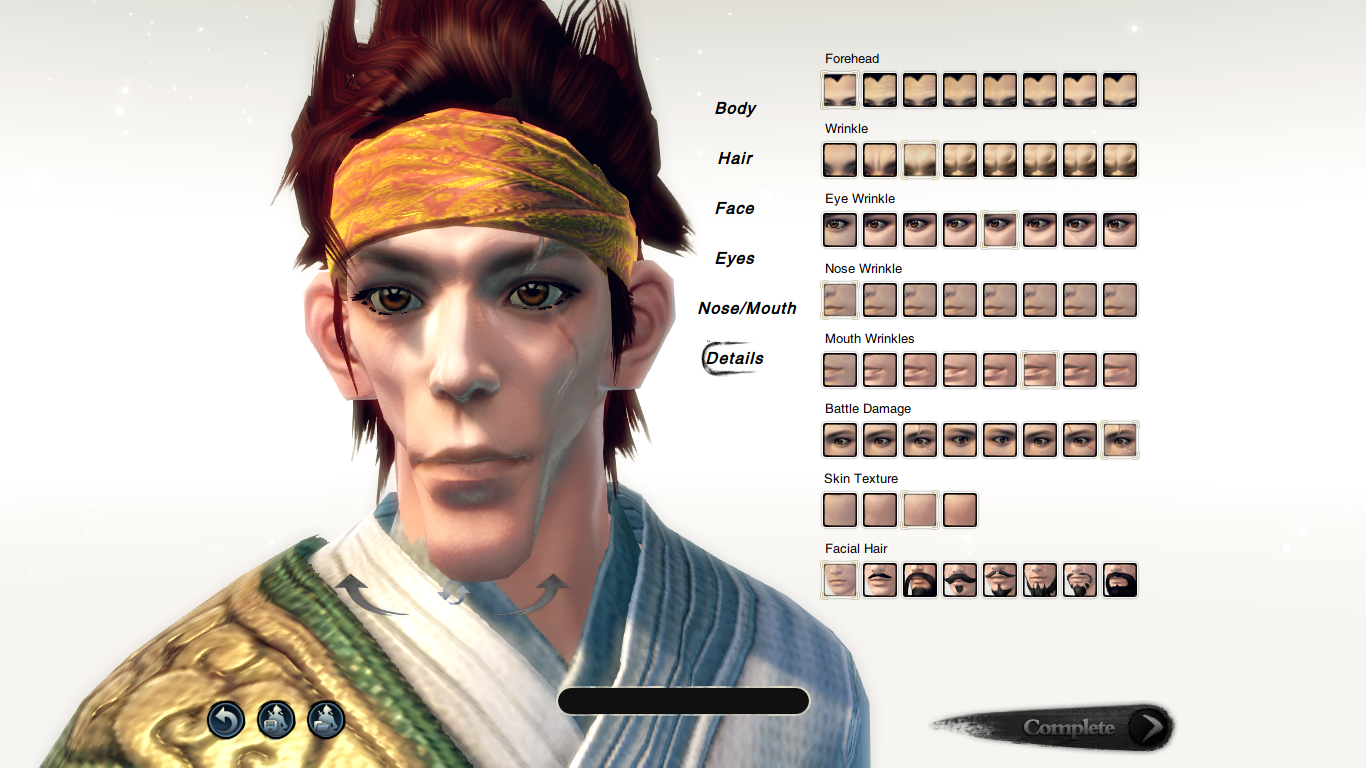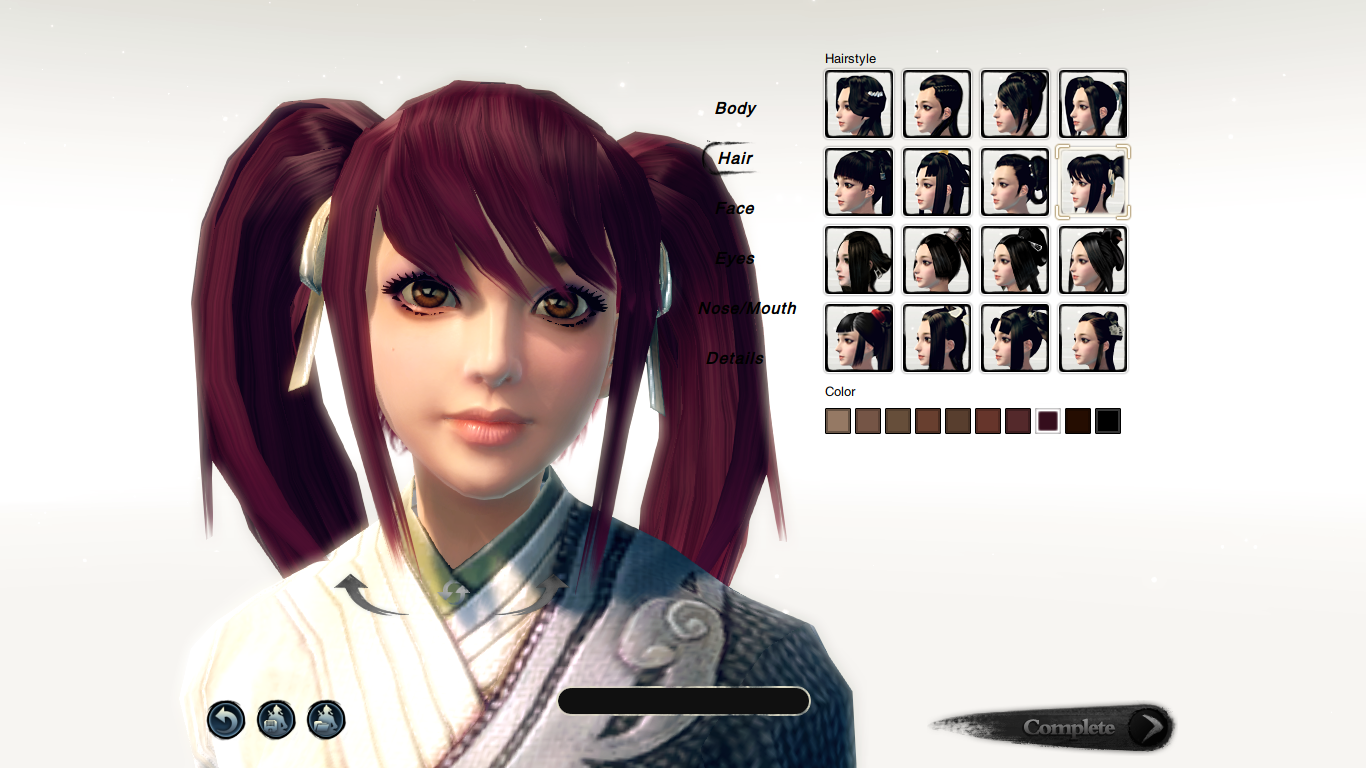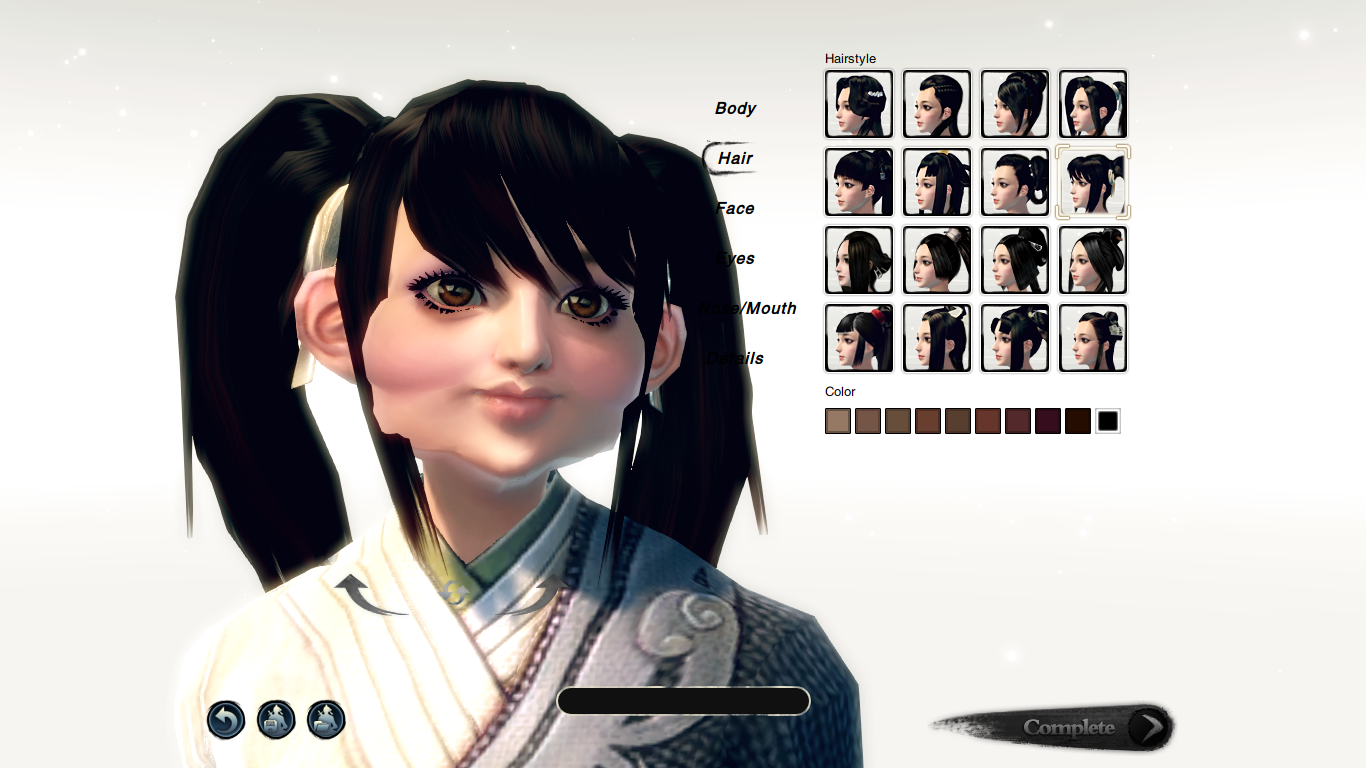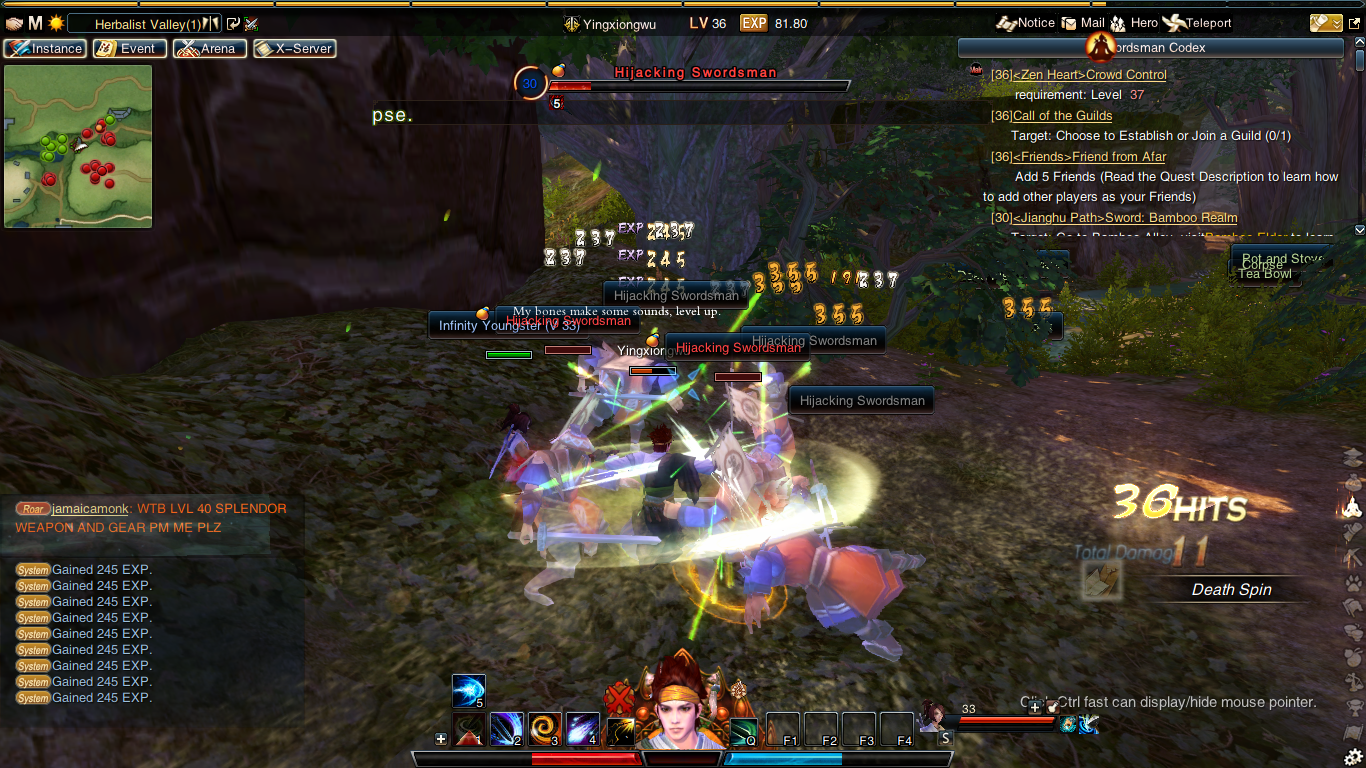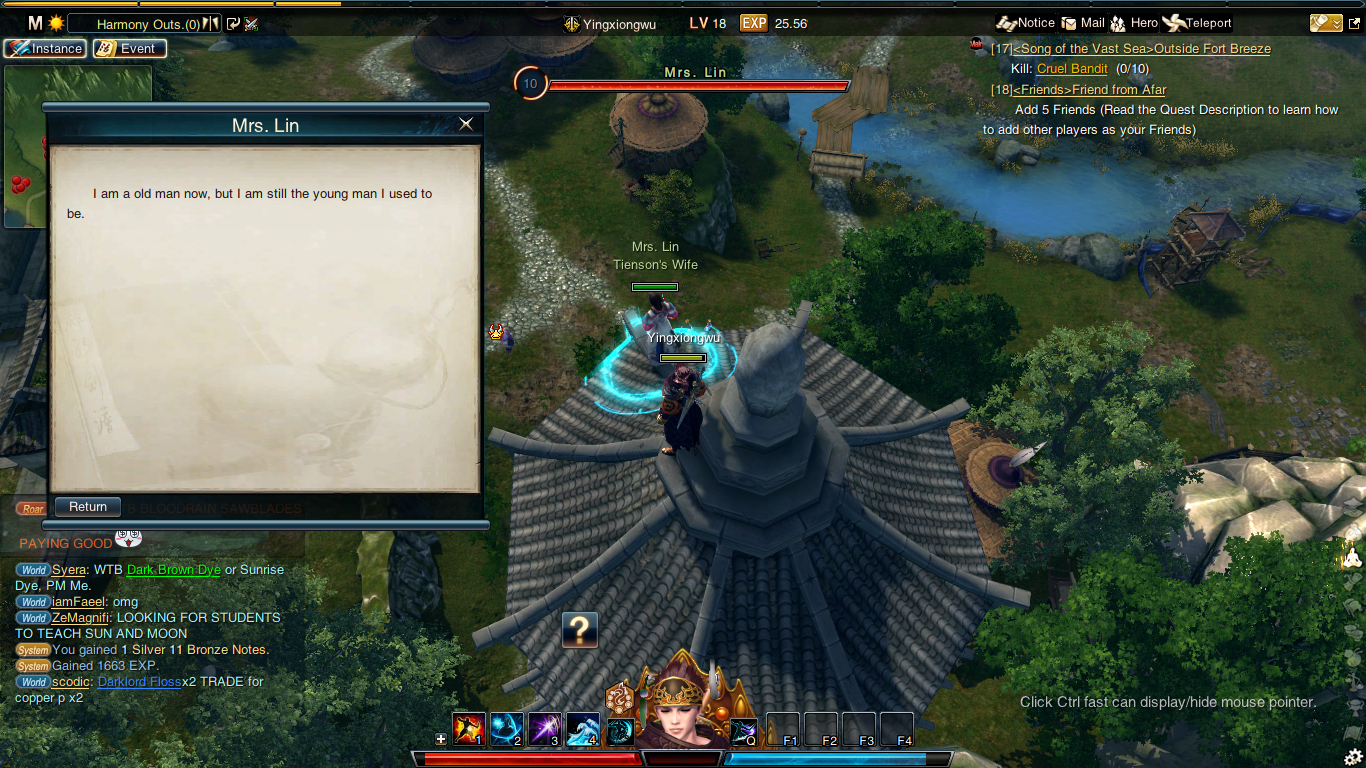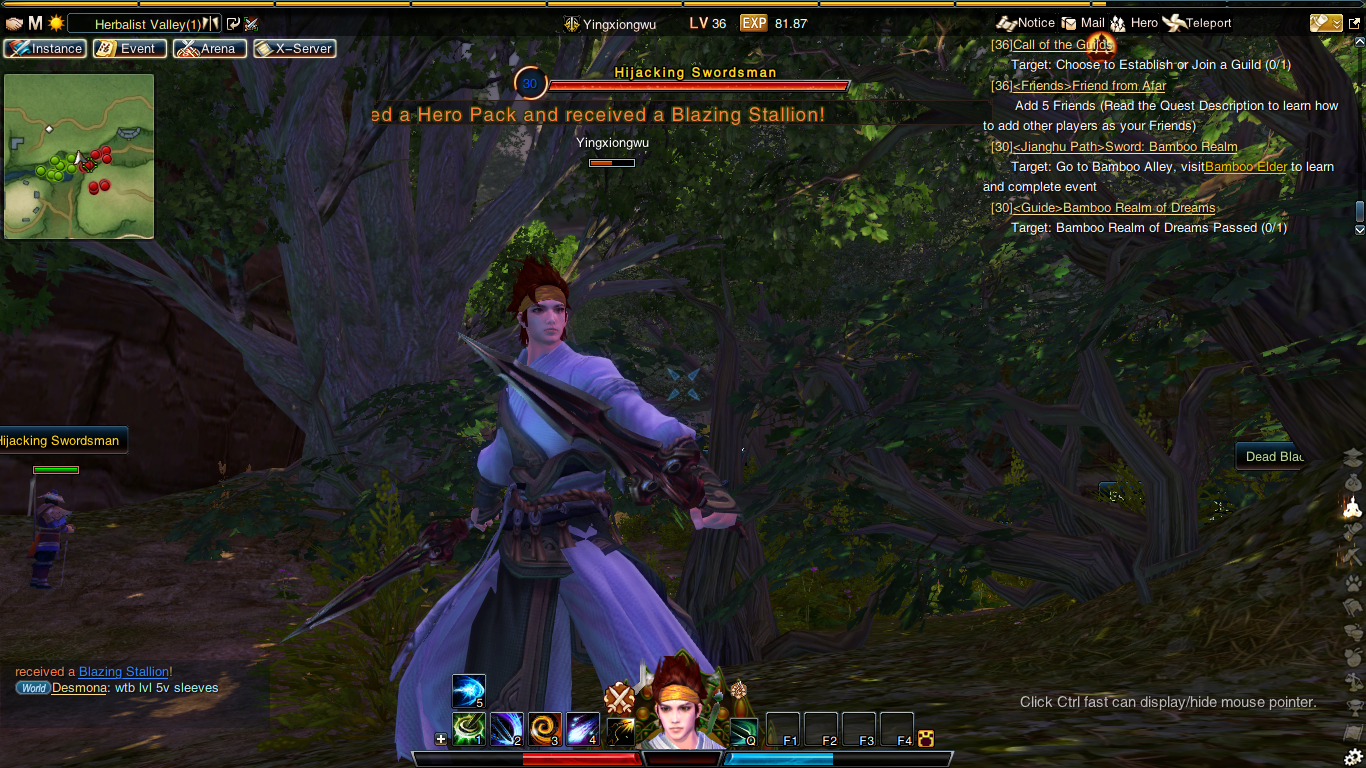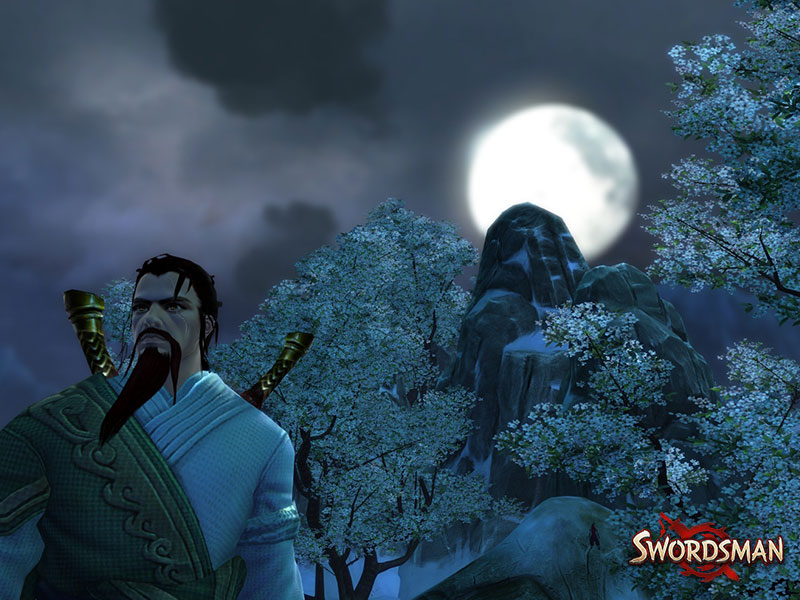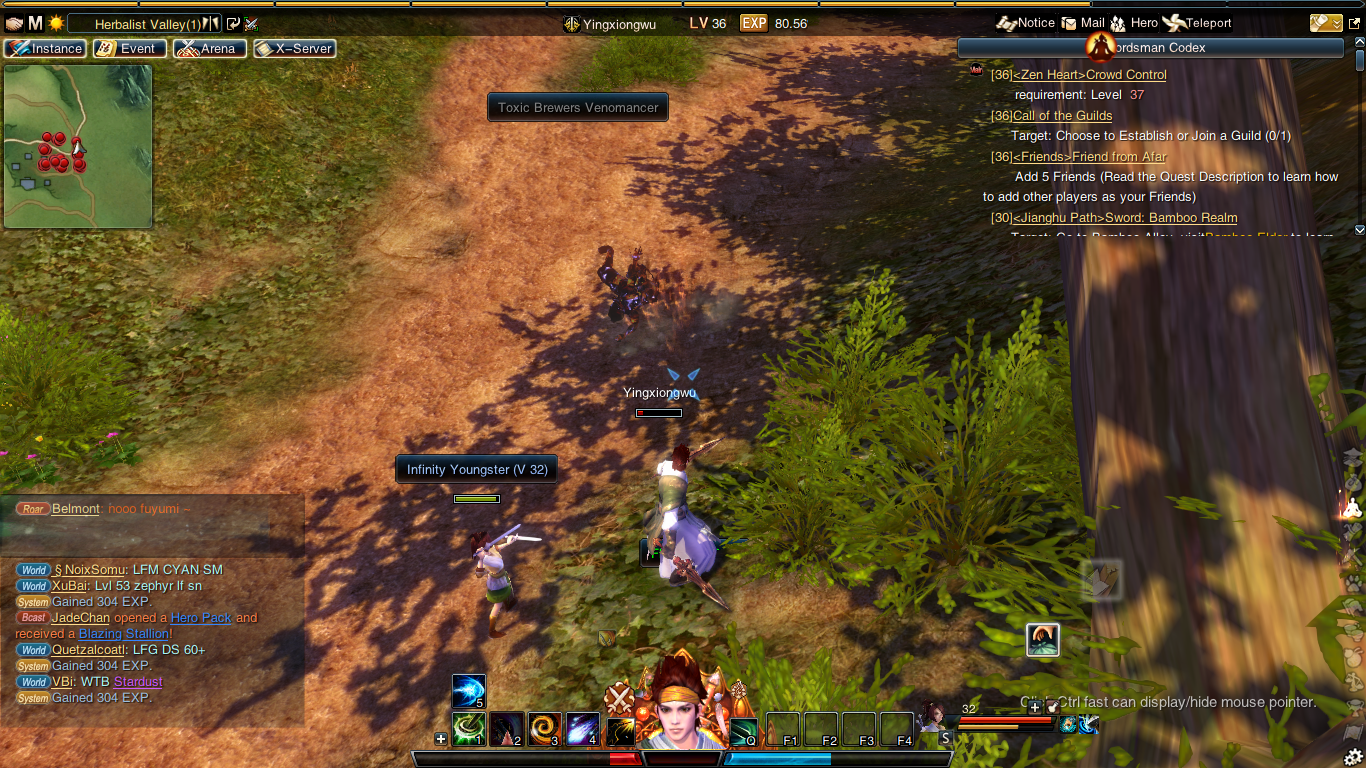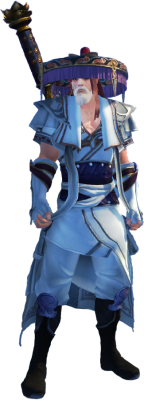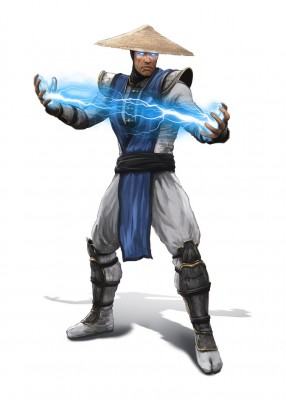Developer/Publisher: Cervo Media GmbH || Overall: 8.0/10
Hardware Used: iPhone 5 with iOS 6
–
Reviewing sequels to games you enjoy tend to be a typical thing when you are a reviewer. It’s easy to sit there and write out how everything in the sequel is the same, but better in so many ways, and even pull from your previous review for inspiration. In this case, Slots – Pharaoh’s Fire is the sequel to a previously reviewed title, Slots – Pharaoh’s Way; it essentially boils down to this: it is a slots game that is a sequel to a slots game and it is still… a slots game.
In my previous review I went through the ethics and personal feelings I had with the business model this slots game (now series) presents itself with. The structure is very much the same in Slots – Pharaoh’s Fire as it was in Slots – Pharaoh’s Way, and really all that you’ll initially see (if you are moving from the previous game to this) is that you are resetting back to zero. Slots – Pharaoh’s Way is an endlessly-updated grind to the next slot, and Slots – Pharaoh’s Fire is not much different. There’s no point, really, in talking about what is the same, but it’s an opportunity to talk about what IS different.
It is an interesting observation that many of the improvements I had suggested in my previous review seems to actually have come to pass — namely in more significant time-based rewards and an interesting meta game which rewards you as you play.
Free bonus credits are earned by increment of four hours as Slots – Pharaoh’s Way had done and still seem to scale higher as you progress — you also get a “special bonus” on every fourth redemption, which is a unique bonus game. The “Money Rain” bonuses (credits you earn as a bonus to leveling up) that occur also scale higher along with your level. Another vital, new, free bonus happens now in the form of a Return Bonus independent of your hourly bonus — if you visit every day your rewards slightly increase as each day goes on.
A meta game has been introduced in this title that revolves around collecting relic pieces, signified by a moving piece that represents your progress through leveling. As you complete the relics you gain a large payout of credits. Whereas before you would attain this payout at a certain increment of levels, the progression is “broken up” and given a visual representation to tell you that you are almost at the next milestone. This is a welcome change as it gives the feeling of an adventure and collecting relic pieces to add to your overall collection — of which there are many relics to collect. Your piece moves every 1/3 increment of a level and you gain a relic piece at every two levels.
Included with the meta game is also a bonus chance to earn credits within that meta game progression. A chest moves every five turns (slot plays) within your progression path, and if it appears on top of your moving piece, you get into one of the bonus games unique to this chest. One is a spinning wheel that lands on a number and the other I encountered was a “Risk to Double” game – you roll a number and risk it (to double it) by choosing heads/tails. If you lose in the Risk to Double game, you get a consolation prize regardless, but it is usually going to be a paltry amount. It is pretty much the same idea as the bonus card game that you get access to on regular slot wins. The bonus card game is still essentially useless, and the same rules apply as in the previous game. Because they are essentially the same game, I am lead to think that the Risk to Double just isn’t worth the risk.
There is more diversity in the initial few slots, and it is seemingly less reliant on the “Pharaoh’s” theme, unlike the first game. The second slot level you are all of a sudden in the African safari with elephants and shit. What happened to the God damn pyramids and whipping slaves?! I want some more Anubis and King Tut shit before I start traveling all over the world. Every 10 levels unlocks a new slot and this time around there are no numbers showing how many diamonds you earned so it’s not as easy to tell what your progress is other than a visual bar. I assume that they’ve reigned in the required amount of diamonds to make it more linear rather than it’s exponential growth that occurred in the last game, but it isn’t easy to tell.
Buying credits still seems like something predatory, but there can be plenty in-game to at least make you feel like you are earning credits with the extra bonuses and the new meta game portion. Where the ethics get involved here, is that the game has to feel rewarding to keep you hooked, but they can’t be too rewarding since they want to sell credits. It’s a very fine balancing act that appears to sometimes rig the bonus games to not be very rewarding all of the time. For example, a risk/reward game that stops between a large number and a small number will seemingly skew towards the small number more often than not. Even the “meta chest” game is privy to this, despite being essentially an added system for overall bonuses. There are lots of added bonus games involved with the title, but none are overly rewarding, which takes a little bit of the excitement out of hitting one of them.
As someone who grinded quite a few million diamonds in the previous iteration, it feels a bit daunting to get into and start yet another slots game (with essentially the same progression system) from scratch. Personally, it feels like there should either have been some sort of credit sharing between the two games, or Slots – Pharaoh’s Way upgraded with the additions they made for Slots – Pharaoh’s Fire. Business-wise, I completely understand why you would want your players to experience a full reset — the grind is necessarily subject to becoming hooked as you gain levels with more regularity at the lower levels and hitting level 243 might not mean anything anymore.
There are some graphical enhancements (addition of more 3D graphics/animations is the biggest difference) and some sound “additions” that are a bit corny as some deep-voiced European-sounding dude (read: not Egyptian) is one(?) of the performers. As always, I turned my sound off within ten minutes of booting up the game, so it didn’t matter to me.
Is the game good? Sure. It’s not any better or worse than the previous game, really. A lot of the additions I proposed were actually included and its made the game a better package, however the intent of the game is to make money at the end of the day and they can’t go too crazy with the fun. For the benefit of the series, it would be interesting to see a different progression system than grinding diamonds and levels to unlock more slots. For a more in-depth look at all of the basic functions of the game, please check out my previous review as almost all of it is relevant for this game.














